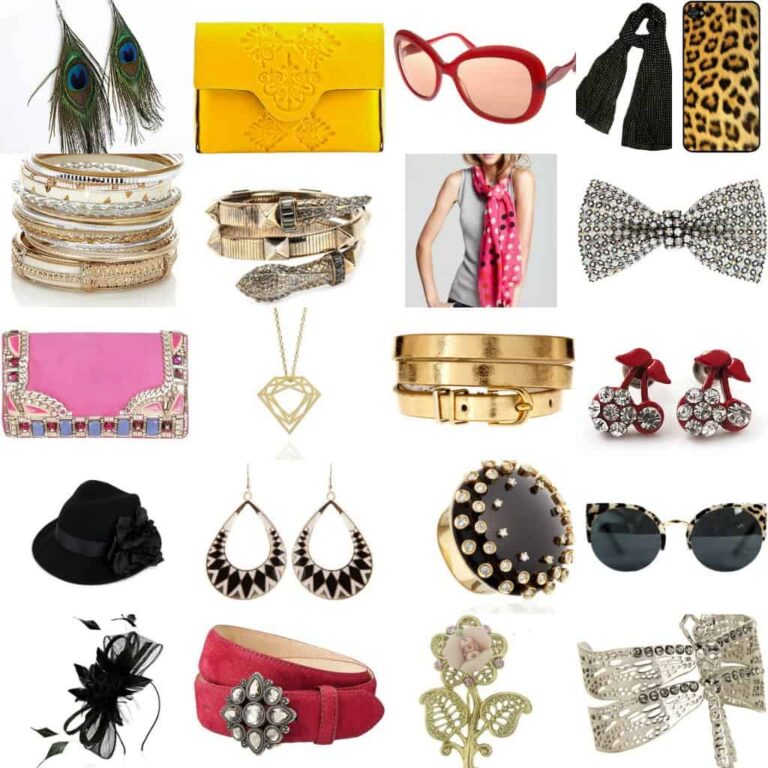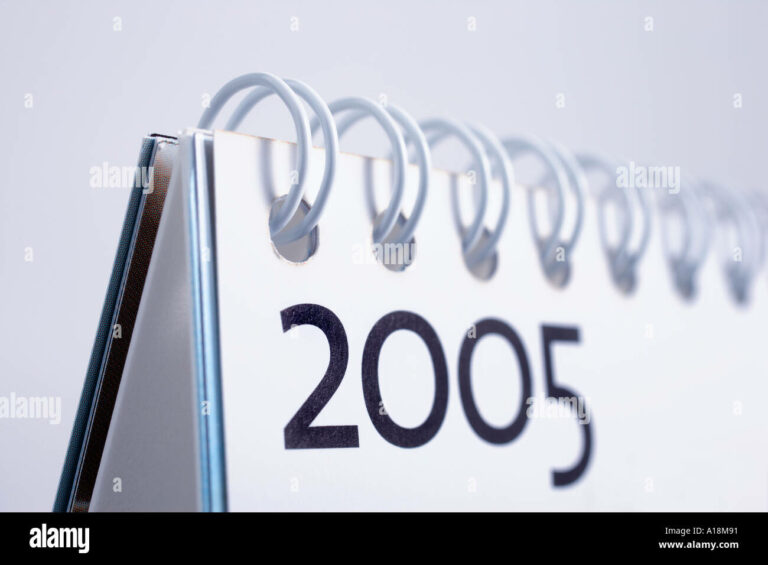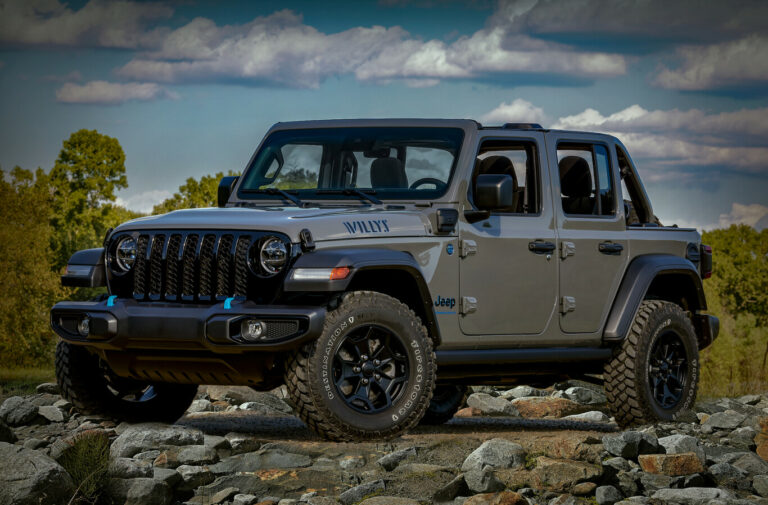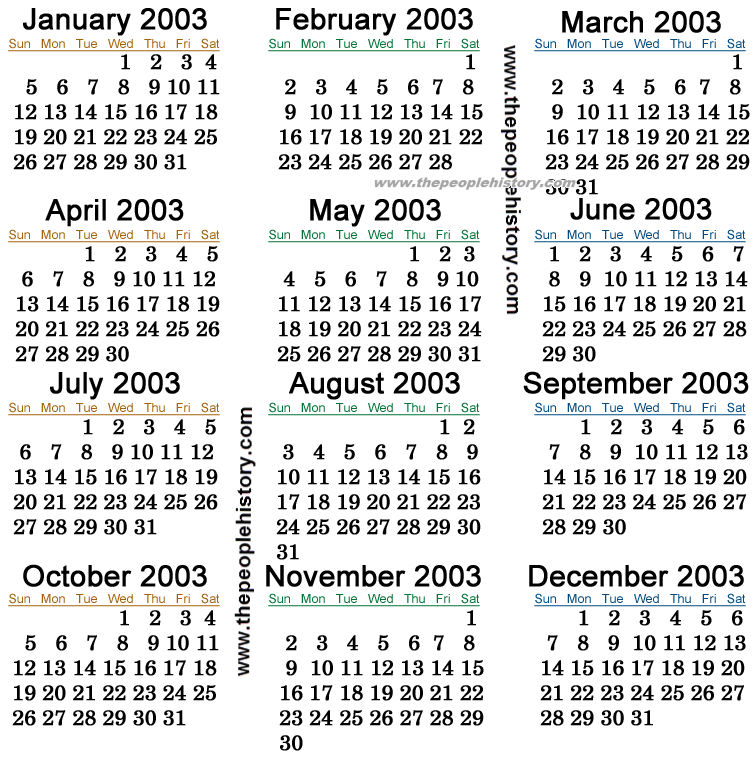YJ Jeep Tub For Sale: A Comprehensive Guide to Finding and Replacing Your Wrangler’s Heart
YJ Jeep Tub For Sale: A Comprehensive Guide to Finding and Replacing Your Wrangler’s Heart jeeps.truckstrend.com
The Jeep Wrangler YJ, produced from 1987 to 1995, holds a special place in the hearts of off-road enthusiasts and classic vehicle lovers alike. Known for its iconic square headlights and rugged capabilities, the YJ Wrangler is a testament to Jeep’s enduring legacy. However, like any vehicle of its age, the YJ often succumbs to the relentless march of time, particularly when it comes to its body tub. Rust, accident damage, and general wear and tear can turn a once proud trail machine into a project requiring significant attention. This is where the concept of a "YJ Jeep Tub For Sale" becomes not just a search query, but a vital quest for many owners.
A YJ Jeep tub is, essentially, the main body shell of the vehicle – encompassing the floor, firewall, inner fenders, and the core structure that everything else attaches to. It’s the skeleton that gives the Jeep its shape and provides mounting points for the seats, dashboard, roll bar, and countless other components. For many YJ owners, finding a replacement tub is a critical step in a full restoration, a necessary repair after an unfortunate incident, or the foundation for an ambitious custom build. Understanding the nuances of buying a YJ tub, from available types to crucial inspection points, is paramount to a successful project.
YJ Jeep Tub For Sale: A Comprehensive Guide to Finding and Replacing Your Wrangler’s Heart
Understanding the YJ Jeep Tub and Its Significance
The YJ Wrangler’s tub is more than just sheet metal; it’s the vehicle’s structural core. Its integrity dictates the safety, comfort, and overall longevity of the Jeep. Over the decades, YJ tubs have faced numerous adversaries:
- Rust: This is by far the most common enemy. Areas like the floorboards (especially under the pedals and seats), rocker panels, body mounts, and the cowl area (where the windshield frame attaches) are notorious for developing significant corrosion. Road salt, moisture, and mud trapped in crevices accelerate this process.
- Accident Damage: Collisions can warp, crease, or tear the tub, making repairs difficult or impossible without extensive bodywork.
- Off-Road Abuse: While designed for rugged use, extreme off-roading can lead to stress cracks, bent panels, or damage from impacts with obstacles.
- Previous Poor Repairs: Patchwork fixes or inadequate rust treatment can often hide underlying issues that only become apparent later.
Given these challenges, the decision to replace a YJ tub often arises when the cost and effort of repairing the original body outweigh the benefits, or when starting a fresh build.
Why Buy a YJ Jeep Tub? Common Scenarios
The reasons for seeking a YJ Jeep tub for sale are varied, but generally fall into a few key categories:
- Full Restoration: For enthusiasts aiming to bring a classic YJ back to its showroom glory, a clean, solid tub is the ideal starting point. It allows for a fresh paint job and ensures the structural integrity of the restored vehicle.
- Repairing Extensive Damage/Rust: When the original tub is so heavily rusted or damaged that it compromises safety or is beyond economical repair, a replacement becomes a necessity. This is often cheaper and less time-consuming than trying to salvage a severely compromised original.
- Custom Builds and Modifications: Many custom Jeep builds, especially those involving frame-off projects, begin with a new or solid used tub. This provides a clean slate for modifications like custom interiors, stretched bodies, or unique fabrication.
- Upgrading Material: Some owners might choose to replace their steel tub with a lighter, rust-proof fiberglass or aluminum alternative for performance or longevity reasons.
Types of YJ Jeep Tubs Available for Sale
When searching for a YJ Jeep tub, you’ll encounter several distinct options, each with its own pros, cons, and price point:
1. Used/Original Tubs
- Description: These are tubs salvaged from donor YJ Wranglers. Their condition can range from severely rusted "project" tubs to relatively clean examples, often found in dry, salt-free climates.
- Pros:
- Authenticity: They are original Jeep parts, maintaining the vehicle’s historical integrity.
- Cost-Effective: Often the cheapest option, especially for tubs requiring some repair.
- Cons:
- Rust Risk: Even "good" used tubs may have hidden rust issues, especially in critical structural areas. Thorough inspection is vital.
- Undisclosed Damage: May have been involved in accidents or had poor previous repairs.
- Availability: Finding a genuinely solid used tub can be challenging, especially outside of specific regions.
- Where to Find: Salvage yards, local classifieds (Craigslist, Facebook Marketplace), online Jeep forums, private sellers.
2. Aftermarket Steel Reproduction Tubs
- Description: Brand-new tubs manufactured by aftermarket companies to original YJ specifications. They are typically made from new steel and are designed to be a direct replacement.
- Pros:
- No Rust: You start with a completely rust-free foundation.
- Consistency: Manufactured to specific tolerances, reducing fitment issues.
- Often Thicker Gauge Steel: Some reproductions use slightly thicker steel in critical areas for improved durability.
- Pre-Drilled Holes: Comes with most mounting holes pre-drilled, simplifying installation.
- Cons:
- Higher Cost: Significantly more expensive than most used tubs.
- Minor Fitment Adjustments: While designed for direct fit, minor tweaks or drilling may sometimes be necessary.
- Paint Required: Ships in e-coat primer, requiring full paint prep and application.
- Key Brands: Omix-ADA, Crown Automotive, Quadratec (often re-brands), MD Juan (known for tubs made in the Philippines).
3. Fiberglass Tubs
- Description: Tubs constructed from fiberglass composite material. They are molded to mimic the original YJ shape.
- Pros:
- Completely Rust-Proof: The primary advantage, especially in corrosive environments.
- Lightweight: Lighter than steel, potentially improving performance and fuel economy.
- Smooth Finish: Often have a very smooth surface, requiring less bodywork for paint.
- Cons:
- Durability Concerns: While strong, fiberglass can crack or shatter on hard impacts, unlike steel which typically dents. Less ideal for extreme rock crawling.
- Repairs: Requires specialized fiberglass repair techniques.
- Flexibility: Can feel less "solid" than steel.
- UV Degradation: If not properly painted and protected, fiberglass can degrade over time.
- Key Brands: RT Off-Road, Speedway Motors (some generic options).
4. Aluminum Tubs
- Description: High-end tubs fabricated from aluminum. These are less common due to their specialized manufacturing process and cost.
- Pros:
- Extremely Lightweight: Even lighter than fiberglass, offering significant performance benefits.
- Completely Rust-Proof: Will never rust.
- Strong: Aluminum is a very strong material, offering good impact resistance (though repairs are specialized).
- Cons:
- Very Expensive: The most premium option by a significant margin.
- Specialized Repair: Requires aluminum welding and bodywork techniques.
- Limited Availability: Not as widely produced as steel or fiberglass.
- Key Brands: GenRight (known for custom aluminum bodies, though full YJ tubs are rare as off-the-shelf items).
Key Considerations When Buying a YJ Jeep Tub
Before making a purchase, careful consideration of several factors will save you time, money, and headaches down the road.
- Condition (for Used Tubs): This is paramount.
- Rust: Inspect every nook and cranny. Pay close attention to:
- Floorboards: Especially under the pedals, seats, and where they meet the rocker panels.
- Body Mounts: These are critical for attaching the tub to the frame. Look for rot around the mounting holes.
- Rocker Panels: The long sections below the doors.
- Cowl Area: Where the windshield frame bolts on.
- Tailgate Opening: Rust often accumulates at the bottom.
- Dents/Damage: Assess the extent of any impacts. Minor dents are fixable, but major creasing or structural damage can be problematic.
- Previous Repairs: Look for signs of bondo, poor welds, or patchwork that might hide deeper issues.
- Rust: Inspect every nook and cranny. Pay close attention to:
- Material Choice: Match the tub material (steel, fiberglass, aluminum) to your budget, intended use (daily driver, mild trails, extreme off-roading), and climate.
- Completeness: Does the "tub" include the firewall, inner fenders, and rear wheel wells, or is it just the basic floor and side panels? Most aftermarket tubs are fairly complete, but used ones can vary. Confirm if the tailgate opening is intact or if it comes with the tailgate itself (usually not).
- Fitment: Ensure the tub is specifically for a YJ Wrangler (1987-1995). While aftermarket tubs are designed for direct fit, always check reviews or confirm with the seller.
- Shipping and Transport: Tubs are large and heavy. Factor in freight shipping costs, which can be substantial. Local pickup for used tubs is often the most economical choice. If shipping, ensure it’s properly crated and insured.
- Legalities: While less common for just a tub, if you’re buying a body with a VIN attached (unlikely for a standalone tub, but possible if it’s a "body-in-white" from a complete vehicle), understand your local DMV requirements for title transfer or re-registration.
The Buying Process: Where and How to Find YJ Tubs
Your search for a YJ tub will likely lead you to a few key avenues:
- Online Aftermarket Retailers:
- Quadratec, ExtremeTerrain, Morris 4×4 Center, Summit Racing: These large retailers carry new steel and fiberglass reproduction tubs from various manufacturers. They offer warranties and customer support.
- Specialty Jeep Parts Dealers:
- Look for local or online shops specializing in vintage Jeep parts. They may have connections to salvage yards or carry specific reproduction brands.
- Online Marketplaces and Classifieds:
- eBay, Craigslist, Facebook Marketplace: Excellent for finding used tubs from private sellers. Be wary of scams and always try to inspect in person. Use specific search terms like "YJ tub," "Wrangler tub," or "Jeep body."
- Dedicated Jeep Forums: Websites like JeepForum.com, Pirate4x4.com, or specific YJ owner groups on social media often have "for sale" sections where members list parts. This can be a great source for well-maintained used tubs from fellow enthusiasts.
- Salvage Yards/Junkyards:
- If you’re willing to do some digging and are looking for a budget-friendly option, local salvage yards are worth checking. Call ahead to see if they have any YJs in stock.
- Word of Mouth/Local Jeep Clubs:
- Networking with other Jeep owners can yield leads on available tubs, especially in your local area.
Installation Tips and Potential Challenges
Replacing a YJ tub is a significant undertaking, often requiring a "frame-off" restoration approach.
- Documentation is Key: Take hundreds of photos and videos during disassembly. Label every wire, bolt, and component as you remove it. This will be invaluable during reassembly.
- Frame Inspection and Prep: With the tub off, this is the perfect opportunity to thoroughly inspect your YJ’s frame for rust, cracks, or bends. Clean, repair, and paint the frame before mounting the new tub.
- Body Mounts: Always replace old, worn-out rubber body mounts with new polyurethane or rubber ones. This ensures proper alignment and a quieter ride.
- Alignment: Meticulously align the new tub to the frame, ensuring that the doors, fenders, and hood will fit correctly. This often involves small adjustments to body mounts.
- Wiring and Plumbing: Carefully transfer all wiring harnesses, brake lines, and fuel lines from the old tub to the new one. Check for worn wires or corroded connectors and replace as needed.
- Paint Prep: New aftermarket tubs typically come in e-coat primer. They will require significant sanding, proper priming, and a final paint job. This is a critical step for longevity and appearance.
- Challenges: Expect seized bolts, unexpected frame issues, re-wiring complexities, and the sheer amount of time and patience required. Having a dedicated workspace and a few helping hands makes a huge difference.
Practical Advice and Actionable Insights
- Set a Realistic Budget: Don’t just factor in the tub’s cost. Add shipping, paint, new body mounts, hardware, and any tools you might need.
- Define Your Project: Are you aiming for a concourse-level restoration or a rugged trail rig? Your goals will influence the type of tub you buy and your budget.
- Inspect, Inspect, Inspect (for Used Tubs): Never buy a used tub sight unseen if possible. Bring a flashlight, a magnet (to check for bondo over rust), and a small hammer (to tap for thin spots).
- Read Reviews: If buying an aftermarket tub, research brands and read reviews regarding fitment and quality.
- Consider Professional Help: If the idea of a full tub swap is overwhelming, consider having a reputable off-road shop or body shop handle the more complex aspects, especially painting and alignment.
YJ Jeep Tub Estimated Price Table
Prices for YJ Jeep tubs can vary significantly based on condition, material, manufacturer, and market demand. The table below provides a general estimate (in USD) as of late 2023 / early 2024.
| Type of YJ Jeep Tub | Condition | Material | Estimated Price Range (USD) | Key Considerations



